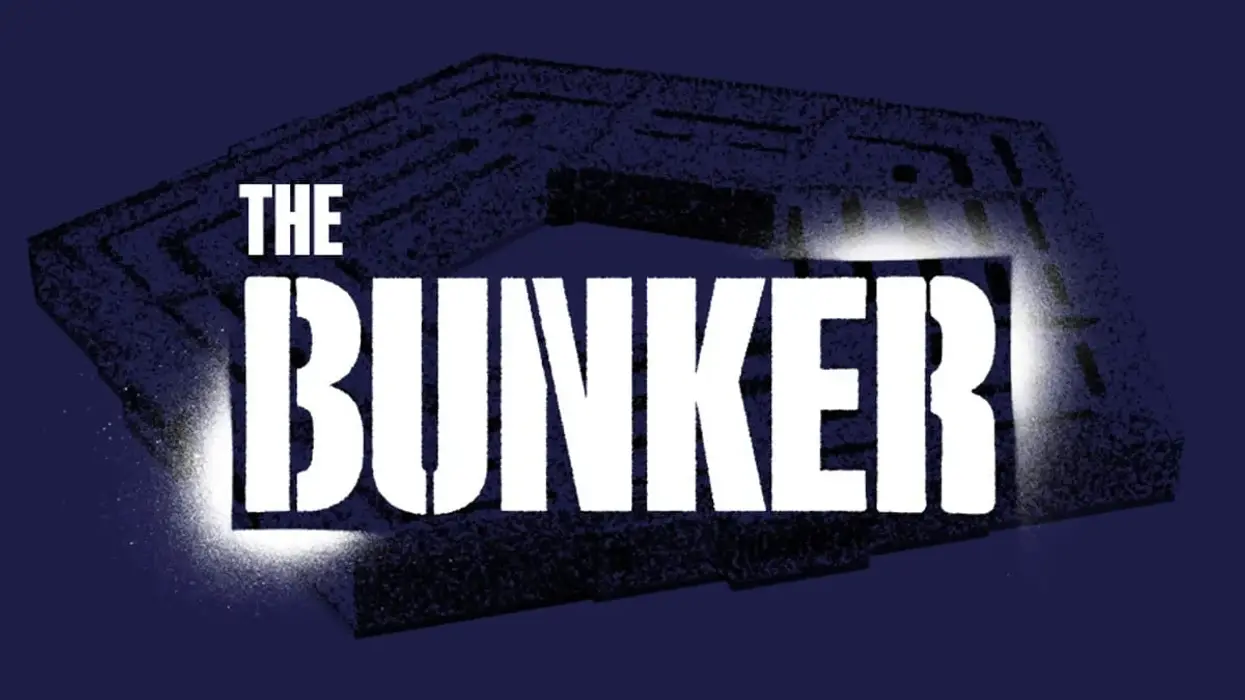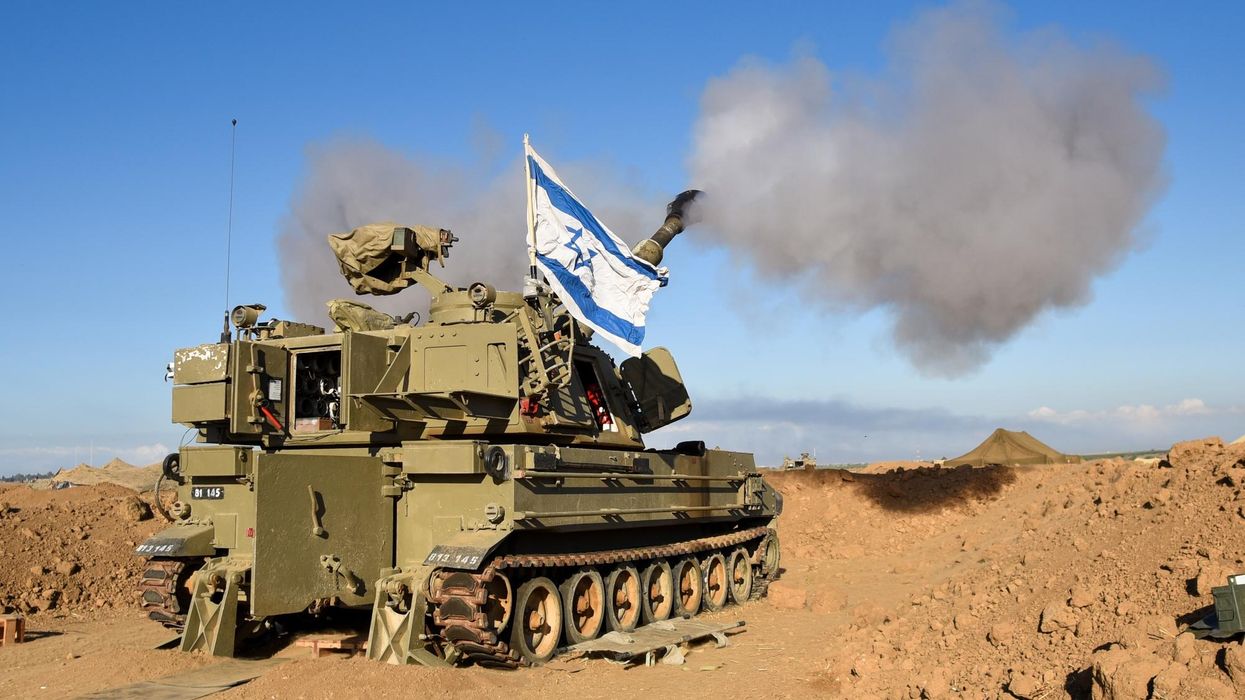At last week’s summit meeting in Jeddah, Saudi Arabia, President Biden tried to reassure his audience about U.S. attention to the Middle East by declaring, “We will not walk away and leave a vacuum to be filled by China, Russia, or Iran.” The metaphor of a vacuum as applied to international relations always has had major problems, especially in ignoring how foreign interventions in any region are at least as likely to be an assertive reaction to someone else’s intervention, rather than the filling of a vacuum.
The United States ought to know, given how it has often been the reactor in such situations. For example, the United States Navy conducts “freedom of navigation” operations in the South China Sea not because a vacuum had been left there but instead because China had been conducting its own assertive military operations in the area.
The very trip during which Mr. Biden made his remark further illustrates the point. The trip was dripping with hostility toward Iran, including Biden talking about his willingness to use military force against Iran. The main theme of the trip was U.S. promotion of tighter relations between Israel and Gulf Arab states, a relationship that is an anti-Iran military alliance, one member of which already is waging clandestine war against Iran and regularly threatens to make that war overt. So threatened, Iran naturally seeks to respond.
One way it responds is to ally with outside powers that are themselves adversaries of the United States, or have acquired that label because Washington describes them as such. Over the last several years Iran has significantly enhanced its economic and security relationship with China, notwithstanding a paucity of ideological or cultural links or shared values. Iran is joining the Shanghai Cooperation Organization, an Eurasian alignment in which China and Russia are the two dominant members. As if to punctuate the point as a matter of timing and not just of substance, Russian President Vladimir Putin chose this moment, on the heels of Biden’s Middle East trip, to travel to Tehran to nurture relations between Russia and Iran.
Biden’s own national security adviser, Jake Sullivan, introduced an additional data point by claiming that Iran will sell drones for military use to Russia. Sullivan might have been stretching the available intelligence a bit in order to enhance the administration’s anti-Iran message to Middle East audiences on the eve of Biden’s trip to the region. But subsequent reporting suggests the story may have validity, even though the postulated exports run in the opposite direction from most arms sales involving Russia.
Physical theories about nature abhorring a vacuum work fine in describing how physical phenomena such as gasses in enclosed spaces behave. But a better guide to how nations behave is international relations theory — especially of the realist variety, in which the concept of counter-balancing to respond to perceived threats is central. The balancing may bring together states that are half a globe away and have little in common beyond the animosity and sanctions of the United States — such as Russia and Venezuela, which have allied beyond matters of oil and have agreed to exchange visits of warships.
In some instances, the alliances, based on sharing hostility from the United States, overcome significant historical hostility between the allies themselves. This is true of the relationship between Russia and China, where longstanding economic, demographic, and ideological differences have caused frictions so severe that they have even erupted into open warfare. Despite that background, a perceived need to counter the United States led the presidents of China and Russia to declare earlier this year a friendship “with no limits.” The alliance has so far survived even the Russian war in Ukraine, a source of major discomfort to China in directly violating the Chinese mantra about noninterference in other nations’ internal affairs.
A similar situation prevails between Russia and Iran, with a historical background of competition for territory and influence between the Russian Empire and Persia. The Soviet Union occupied the northern third of Iran during World War II and caused a crisis when it refused to leave for another year. Russia and Iran compete today for influence in Central Asia, and alsos compete in seeking markets for oil. Despite all this, the fact that both are bêtes noires of the United States brings them together.
An all-too-common error is to perceive the behavior of one’s adversaries as somehow hard-wired into their nature and not to be a reaction to one’s own policies and conduct. By making this error, the United States, among other consequences, is encouraging adversaries to unite and thereby to oppose U.S. interests more effectively.
















